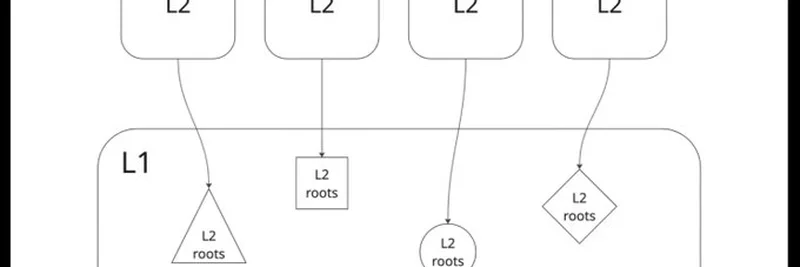Hey there, crypto enthusiasts! If you’re into the latest blockchain innovations, you’re in for a treat. The Ethereum L2 Interop Working Group recently held a call that’s got everyone buzzing, and joshrudolf.eth shared some exciting highlights on X. Posted on July 10, 2025, this thread dives into how Ethereum is leveling up its user experience (UX) and interoperability (interop) with Layer 2 (L2) solutions. Let’s break it down in a way that’s easy to digest, even if you’re new to the blockchain scene!
What’s the Buzz About?
The L2 Interop Working Group is all about making Ethereum’s scaling solutions—think Layer 2 networks—work together seamlessly. These L2s, like Optimism and Arbitrum, help Ethereum handle more transactions faster and cheaper by offloading some work from the main Layer 1 (L1) blockchain. The goal? A smoother experience for users and developers alike. Here’s what stood out from the call:
1. Experimental Privacy Wallet
Imagine sending crypto without anyone knowing it’s you. That’s the promise of the new privacy wallet being developed! Teams like DeFi_Wonderland and RAILGUN_Project are working on a wallet that hides both the sender and receiver. It’s still in the experimental phase, but the idea is to create a universal software development kit (SDK) that can plug into any privacy protocol. This could be a game-changer for keeping your transactions private while staying compliant with regulations.
2. Native Interop with L1 Verification
Next up is “native interop,” which sounds fancy but is pretty cool. This approach uses Ethereum’s Layer 1 to verify transactions across different L2s. Think of it like a trusted referee ensuring everything lines up. Polymer_Labs is leading the charge here, proposing a standardized way to handle upgrades and connections between L2s. This could cut down on technical headaches and make cross-chain actions feel like a breeze.
3. Based Rollups and the Interop Vision
Finally, let’s talk about based rollups. These are a type of L2 that leans heavily on L1 for security and efficiency. Spire_Labs shared a vision where L2s and even Layer 3s (L3s) overlap in a way that lets them work together smoothly. The idea is to reduce delays in transactions across chains and build a bigger, more connected ecosystem. It’s less of a concrete plan and more of an exciting moonshot, with isolated experiments showing early promise.
Visualizing the Future
The thread comes with some neat visuals to help us wrap our heads around this. Check out the first image:
This diagram shows how multiple L2s connect to L1 through something called “L2 roots.” It’s like a tree with branches (L2s) feeding into a strong trunk (L1). The second image adds a fun twist:
Here, interop is explained as moving assets between apps or composing actions across protocols (like DeFi legos!) with minimal friction. The third image wraps it up with a summary:
It’s described as one option among many, a unique offering that evolves with isolated experiments. Pretty cool, right?
Why It Matters for Meme Tokens and Beyond
At Meme Insider, we’re all about keeping you in the loop on blockchain tech, especially when it impacts meme tokens and the wider crypto space. Improved UX and interop mean meme token projects can move assets and interact across chains more easily, potentially boosting their adoption. Plus, privacy features could protect meme coin traders from unwanted attention. This is a big step toward a more user-friendly Web3 world!
What’s Next?
The thread links to notes and a recording here if you want to dive deeper. Huge shoutout to kevin_weaver for the summary and all the teams involved, like Arbitrum and Optimism, for pushing this forward. Stay tuned to Meme Insider for more updates on how these developments might shake up the meme token landscape!
What do you think about this interop revolution? Drop your thoughts in the comments—we’d love to hear from you!



